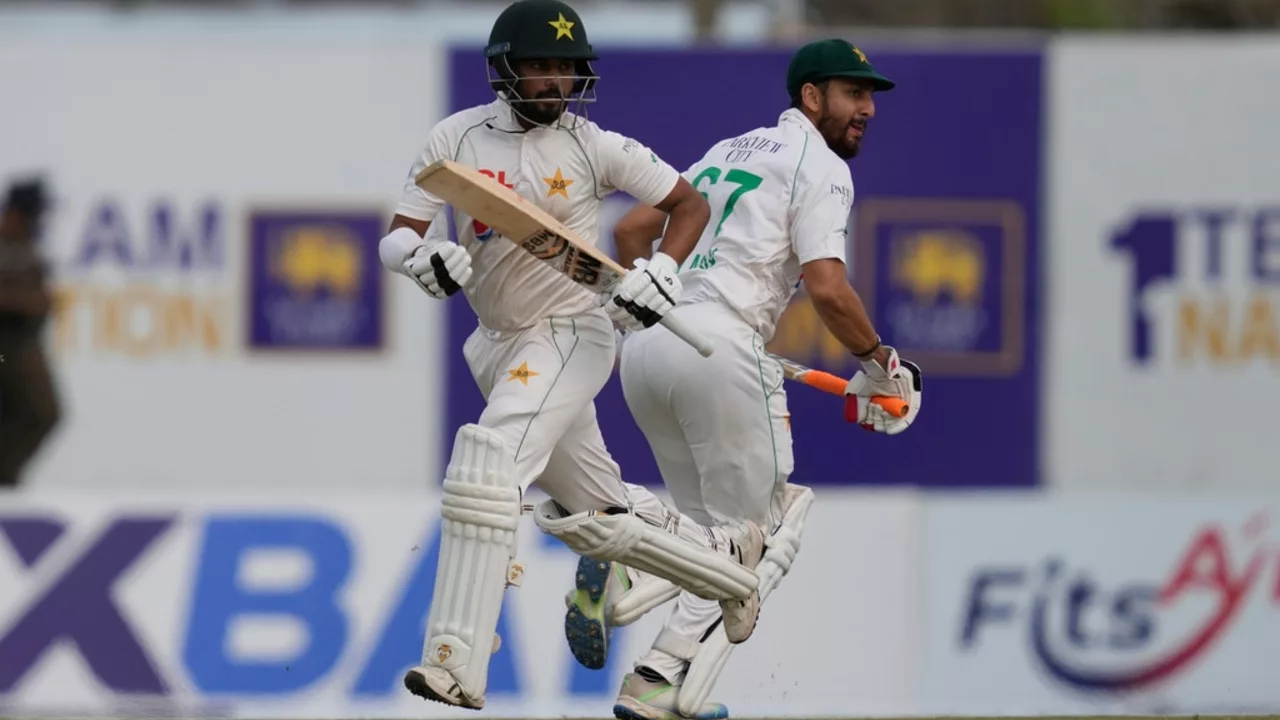Cricket Career: How Players Grow, Train and Shine
If you love cricket, you’ve probably wondered what it takes to turn a backyard swing into a Test match innings. The answer isn’t a single magic trick – it’s a mix of early exposure, steady practice, the right guidance and a few big breaks. In this guide we’ll walk through the main steps of a cricket career, share handy tips and sprinkle in some real‑world examples from our own posts.
Starting Out: From Backyard to Club
Most cricketers pick up a bat as a kid, often watching family members or local heroes on TV. The first real step is joining a local club or school team. That’s where you learn the basics: grip, stance, and the importance of a straight bat. Our article on “Why is playing straight bat important while batting in cricket?” explains why a simple change in bat angle can dramatically improve your defense and shot selection.
Don’t underestimate the power of good coaching. A qualified coach can spot flaws you never notice and give you drills that boost your footwork, reflexes and bowling accuracy. If you’re in a region with limited facilities, look for community programs or online tutorials – the key is consistency, not fancy gear.
Climbing the Ladder: From Domestic to International
Once you’ve nailed the fundamentals, the next goal is performing well in club matches and local leagues. Strong performances earn you a spot in district or state squads. This is where statistics start to matter. Keep track of your runs, strike rate, bowling economy and catches – selectors love numbers that show reliability.
Breaking into the national side often follows a standout season in domestic tournaments. Our post about the formation of India’s first cricket team gives a glimpse of how historic milestones begin with a handful of committed players. Modern pathways are similar: shine in the Ranji Trophy, the Big Bash or the IPL, then knock on the door of the national selectors.
When you finally get that call‑up, preparation changes. International cricket demands mental toughness, fitness, and the ability to adapt to different pitches. Learning why grounds have multiple pitches – as explained in “Why there are three or more pitches in each Cricket ground?” – helps you adjust your game plan quickly.
Travel, media duties and tighter schedules can be overwhelming. Build a support network of coaches, teammates and family. Their advice will keep you grounded when fame spikes.
Finally, think long‑term. Many great players transition into coaching, commentary or administration after retirement. Understanding the history of the sport, like the story of the first Indian team, adds depth to your cricket knowledge and opens doors beyond the playing field.
So whether you’re just starting with a makeshift bat in the garden or you’re eyeing a Test debut, remember the journey is built on small, consistent steps. Play with a straight bat, track your stats, get the right coaching, and seize every chance to showcase your talent. Your cricket career is waiting – all that’s left is to chase it.
Who is Roy Dias, the Sri Lankan cricketer?
Roy Dias is a former Sri Lankan cricketer who played for the national team during the 1980s. He was a right-handed batsman and a part-time off-spinner. Dias was known for his stylish and elegant batting, and he was a key player in establishing Sri Lanka's place in international cricket. After his playing career, he continued to contribute to cricket through coaching at both the domestic and international levels. His life is a testament to his commitment and passion for the sport.
Details +